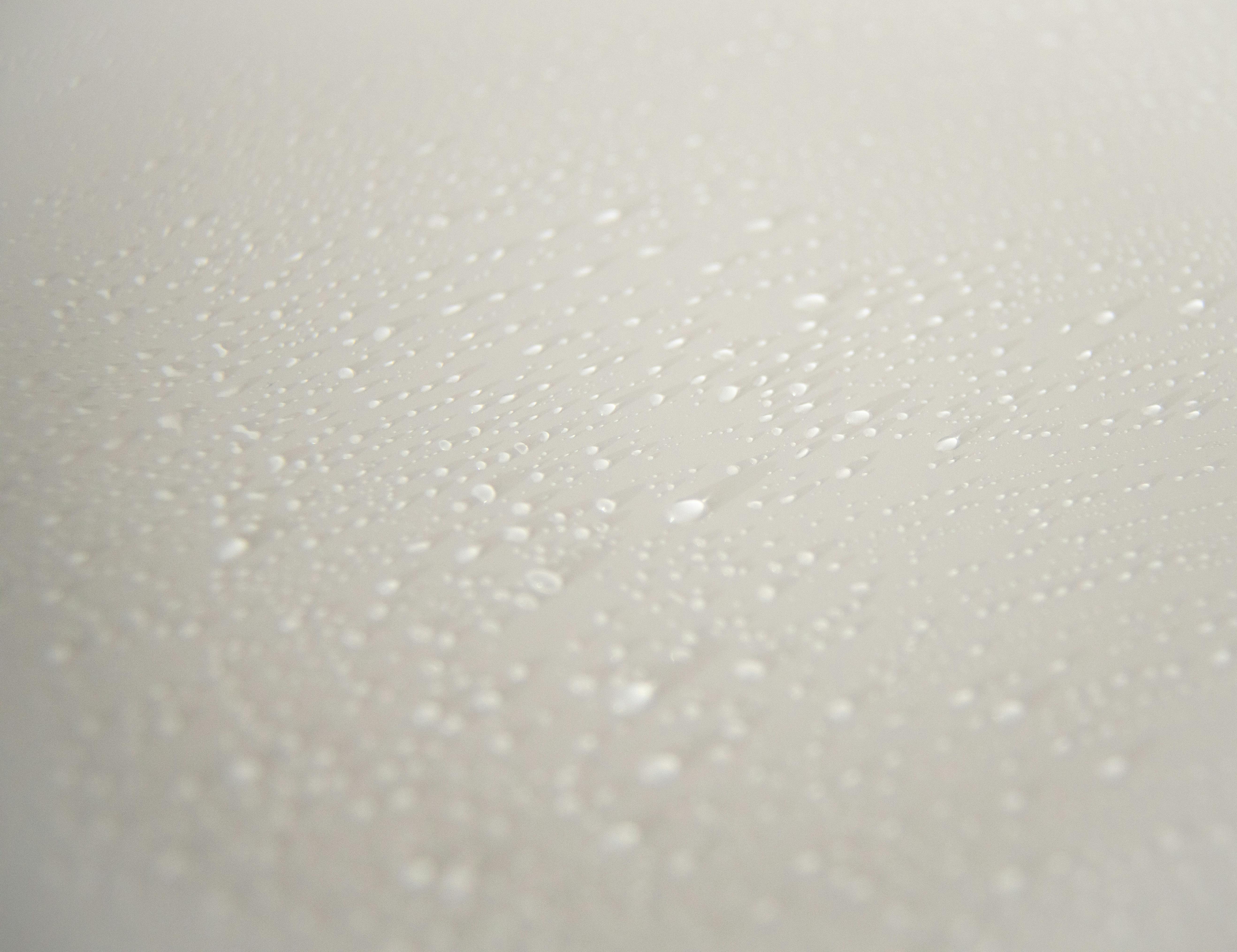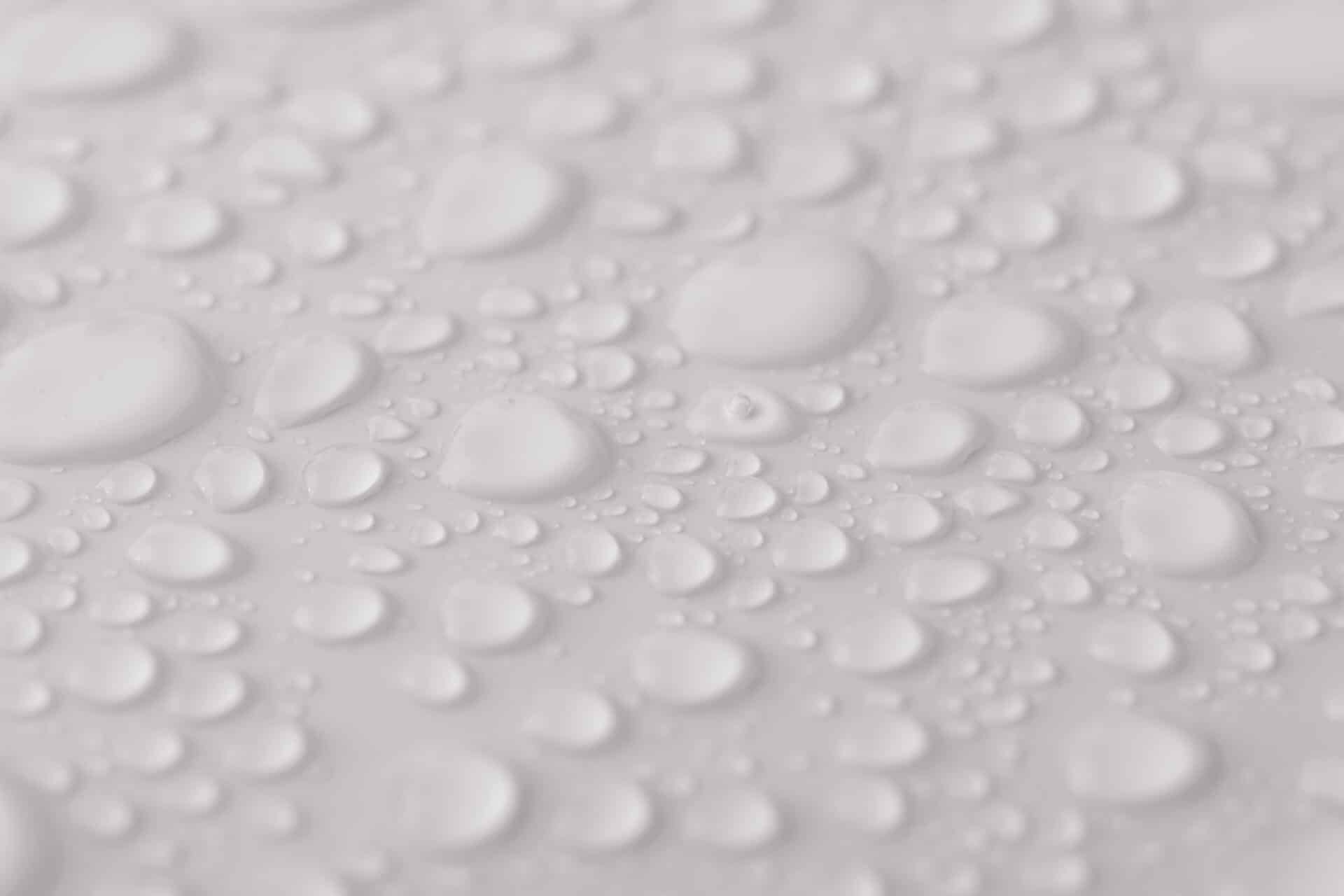Desalination and water reclamation are two processes that are used to treat salty or contaminated water so it is suitable for drinking or other uses. Although these processes may initially appear similar, they differ in terms of the source of the water and how it is treated. Desalination involves removing salts and other minerals from seawater, while water reclamation involves treating wastewater or other contaminated sources of freshwater. The goal of both processes is to make the water safe for use, but the techniques used in each process are different.Desalination is the process of removing dissolved salts from seawater and other types of water to make it suitable for drinking, irrigation, and other uses. This process is typically accomplished through thermal or membrane processes that use reverse osmosis or distillation to separate the salt from the water. The desalinated water can then be used for various applications, such as industrial, agricultural, and personal use.
Water Reclamation
Water reclamation is the process of treating wastewater so it can be reused for a variety of purposes. It involves taking wastewater and removing pollutants and contaminants, such as bacteria and other organic matter, before returning it to its original source or another body of water. Through this process, water can be used for a variety of applications including agricultural irrigation, drinking water, industrial processes, and more. By reusing treated wastewater, we help reduce the amount of fresh water used from natural sources, as well as reduce pollution in our environment.
The process of reclamation typically involves several steps. First, wastewater is typically screened to remove large debris and contaminants. Next, it is then treated to remove pollutants through physical or chemical means. It may also be treated with chlorine or ultraviolet light to kill any remaining microorganisms or disease-causing agents. Finally, the treated wastewater is tested for quality before it can be discharged into its new environment or reused in some capacity.
Reclaimed water can provide many benefits including reducing the demand on natural resources like rivers and lakes. By using reclaimed water instead of fresh water for certain applications such as agriculture or industry, we help conserve our natural resources while also reducing pollution. Additionally, reclaimed water can be used to replenish groundwater aquifers which helps maintain healthy ecosystems and provides a sustainable source of clean drinking water for communities around the world that are facing a shortage.
Ultimately, the benefits of reclaiming wastewater are numerous – from conserving natural resources to improving public health and safety. With increased awareness about the importance of reclamation and more efficient technologies being developed every day, we can look forward to an even brighter future where our precious resources are not wasted but reused in a sustainable manner.
Processes in Waterfall and Agile Methodologies
Waterfall and Agile are the two most commonly used methodologies when it comes to software development. While they share many similarities, there are also some key differences that should be considered when deciding which one is best for a particular project. Waterfall is a linear approach where each phase of the project must be completed before moving on to the next, while Agile is an iterative approach with more flexibility for changes as the project progresses.
In Waterfall, the development process begins with defining the requirements of the project. Once these have been established, the development team can move on to design, implementation, testing, and maintenance. This linear approach makes it easy to track progress and can help ensure that all requirements have been met. However, this also means that any changes to the original plan must be made before moving on to the next phase, which can be costly and time-consuming if done after implementation has begun.
In contrast, Agile focuses on delivering value in small increments rather than trying to complete all requirements at once. Each phase of Agile development consists of a series of sprints in which small tasks are completed and tested for feedback from stakeholders. This allows for more flexibility in making changes during development as well as providing more opportunities for rapid improvement through feedback loops with stakeholders. It also allows teams to focus on delivering value instead of worrying about meeting rigid deadlines or specifications set out by management at the beginning of a project.
When determining which methodology is best suited for a particular project, it is important to consider both Waterfall and Agile approaches. While Waterfall can provide structure and help ensure all requirements are met upfront, it can be costly and time-consuming if changes need to be made later on in the process. Conversely, Agile provides more flexibility but may not always meet all requirements set out at the beginning of a project due to its iterative nature. By understanding both methodologies and their differences, teams can make an informed decision about which one will work best for their particular needs.
Differences in Cost
When it comes to comparing the cost of buying a car, there are a few different factors to consider. The price of the car itself is the most obvious factor, but there are other costs associated with owning and maintaining a vehicle that should also be taken into account. Insurance, gas, maintenance, and registration all add up to increase the total cost of owning a car.
The type of car you buy can also have an effect on the overall cost. Luxury cars typically have higher initial costs than economy cars, and they may require more expensive insurance premiums as well. Additionally, luxury cars often require more expensive repairs and maintenance due to their higher-end parts and components.
Gas costs can also vary depending on what type of car you buy. Hybrid vehicles generally get better gas mileage than traditional gasoline-powered cars, which can lead to lower fuel costs over time. Electric vehicles are even more efficient in terms of fuel economy, but they may require larger upfront investments due to their higher purchase prices.
Overall, it is important to take all associated costs into consideration when evaluating the cost of buying a car. Factors like insurance premiums, gas prices, maintenance fees, and registration fees can all add up quickly if not accounted for in your budgeting process. It is also important to consider how reliable a car is before making your purchase decision as that will have an effect on future costs as well.
Differences in Salt Content
Salt is an essential seasoning for many types of food, and it is important to understand the differences between the various types of salt available. Table salt, also known as iodized salt, is the most common type of salt and is composed of sodium chloride. It has a fine texture, and it can be easily dissolved in water. Sea salt, on the other hand, is derived from evaporated seawater and has a much coarser texture. In terms of taste, sea salt tends to have a more intense flavor than table salt. However, sea salt also contains trace elements such as magnesium, calcium and potassium that are not found in table salt. In terms of sodium content, sea salt generally contains less sodium than table salt because it contains other minerals that dilute the sodium content. Additionally, some varieties of sea salts are unrefined and may contain traces of minerals from the ocean water they were taken from. So while they may have fewer sodium than table salts, they can still be high in other minerals.
When preparing food, it is important to consider the differences between table and sea salts when determining which type to use for a particular dish or recipe. For instance, if a recipe calls for a large amount of salt or you are using a mild-flavored ingredient such as fish or vegetables that require more seasoning to bring out their flavor profile then you should choose an unrefined sea salt with its more intense flavor profile. On the other hand if you are preparing something with bold flavors such as beef or pork then you may opt for table salt with its fine texture making it easier to sprinkle evenly over food surfaces.
In conclusion, when selecting which type of salt to use for cooking it is important to consider both its flavor profile as well as its mineral content. Table salts usually contain more sodium while unrefined sea salts may contain higher levels of trace elements such as magnesium and potassium; however they can still be high in sodium depending on what minerals were present in their source ocean water. Knowing these differences allows chefs to select the best type of salting agent for their recipes ensuring optimal flavor profiles and balanced nutrition profiles in each dish they prepare.

Differences in Salinity
Salinity is the measure of the amount of salt present in a body of water. It is an important factor in determining the suitability of a body of water for different species, and can vary significantly between different bodies of water. In freshwater environments, salinity levels are usually low, while in marine environments, it is typically much higher. The differences in salinity between these two types of environment can have a significant impact on the species that inhabit them. For example, fish that live in freshwater may not be able to survive in saline waters due to osmotic pressure, while species that live in marine waters may not be able to survive in freshwaters. In addition, some species may prefer one type of environment over another because of the different levels of salinity present.
The differences between salinity levels can also have an impact on other factors such as oxygen availability and temperature. In general, freshwater environments tend to have higher oxygen levels than saline waters due to the presence of plant life and other organisms within them. As well, the temperature range may be narrower for freshwaters than for saltwater environments due to their lower temperatures. Finally, different types of organisms may also prefer one level of salinity over another due to their own specific needs.
In short, there are many differences between fresh and saltwater environments when it comes to salinity levels. These differences can have a significant impact on the types and numbers of species present within them as well as other related factors such as temperature and oxygen availability. It is important for scientists and researchers to understand these differences when studying aquatic ecosystems so they can accurately assess the health and sustainability of each body of water.
Differences in Ease of Accessibility
The accessibility of a product or service is an important factor to consider when deciding how to use it. Different products and services have different levels of accessibility, and this can make a big difference in the ease with which they can be used. For example, some products may be easier to access than others, depending on the type of hardware or software that is being used. Additionally, the availability of certain features may also affect the level of accessibility.
When it comes to websites, there are various factors that can impact the ease with which they can be accessed. The most common factor is whether or not a website has been designed with accessibility in mind. Websites that are designed with accessibility in mind usually contain features such as high contrast text and large font sizes, which make them easier to read for those with visual impairments. Additionally, websites that are designed with an emphasis on usability may also provide features such as keyboard shortcuts and screen reader compatibility, making them more accessible for those using assistive technologies.
Another factor that affects ease of accessibility is the type of content a website contains. Websites that contain video or audio content may require additional software such as Flash or QuickTime in order to be viewed or heard correctly. Similarly, websites containing interactive elements such as forms and surveys may require specific plugins or applications in order to function properly. These types of websites will generally require more effort from users in order to access them successfully.
Finally, the speed at which a website loads also affects its ease of accessibility. Websites that load quickly allow users to access their content quickly and easily without having to wait for long periods of time for pages to load. Conversely, websites that take longer than necessary to load can become frustrating and difficult to use if users are unable to access their desired content quickly enough due to slow loading times.
In conclusion, the ease with which a product or service can be accessed varies depending on several factors including design considerations, type of content, and loading speeds. Understanding these factors can help ensure that products and services are as accessible as possible for all users regardless of their abilities or technological preferences.
Differences in Environmental Impact
The environmental impact of different types of energy sources can vary significantly. Fossil fuels such as coal, oil, and natural gas are the most widely used sources of energy, accounting for more than 80% of global energy consumption. However, burning these fuels releases large amounts of carbon dioxide and other pollutants into the atmosphere, contributing to climate change and air pollution.
In contrast, renewable energy sources like solar and wind produce little to no emissions when generating electricity. They also have a much smaller environmental footprint overall compared to fossil fuels. For example, solar panels require only a small amount of space to install and operate, while coal mines require massive amounts of land to be cleared for mining operations.
In addition to lower emissions and less land use, renewable energy sources also typically have fewer impacts on water resources than fossil fuels. Solar and wind installations do not use large amounts of water for cooling or any other purpose, while coal-fired power plants require large quantities of water for cooling purposes.
Finally, renewable energy sources are much less vulnerable to volatile fuel prices than fossil fuels because they rely on freely available sunlight or wind instead of finite resources like oil or coal. This means that the cost of generating electricity from renewables is more stable over time than from fossil fuels.
Overall, renewable energy sources have a much lower environmental impact than traditional fossil fuel-based energy sources due to their lack of emissions, smaller land requirements, lower water demands, and more stable prices. This makes them an attractive alternative for countries looking to reduce their carbon footprint and switch to a more sustainable form of energy production in the future.

Conclusion
Desalination and water reclamation are both important processes for providing clean drinking water in areas with limited access. While desalination involves taking saltwater and removing the salt, water reclamation involves taking wastewater, purifying it, and then returning it to the environment. Desalination is more expensive than water reclamation because of the energy costs associated with removing the salt from the water, but it is an important process for providing clean drinking water in areas where there are not many other options. Water reclamation is usually more cost-effective, but it is not suitable for providing drinking water in all cases. Both desalination and water reclamation can play a role in meeting a community’s needs for clean drinking water.
In conclusion, desalination and water reclamation are two different processes that can be used to provide clean drinking water in areas with limited access. Desalination is expensive but effective, while water reclamation is more cost-effective but has some limitations. Both processes can be used to help meet a community’s needs for safe drinking water.

